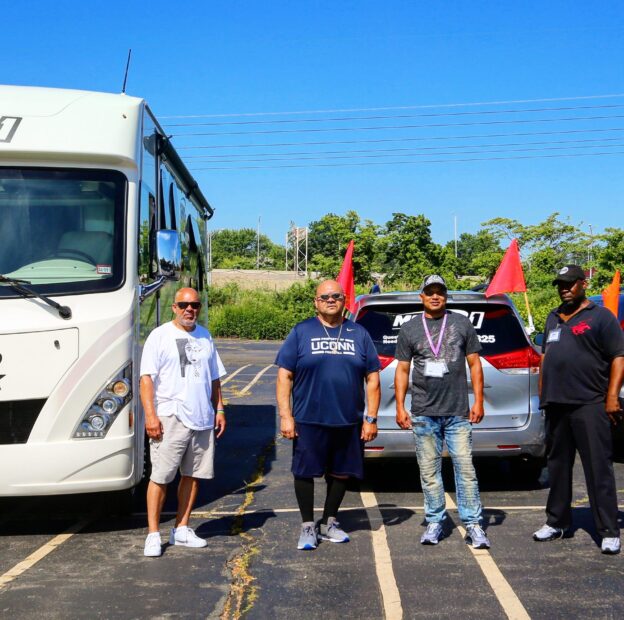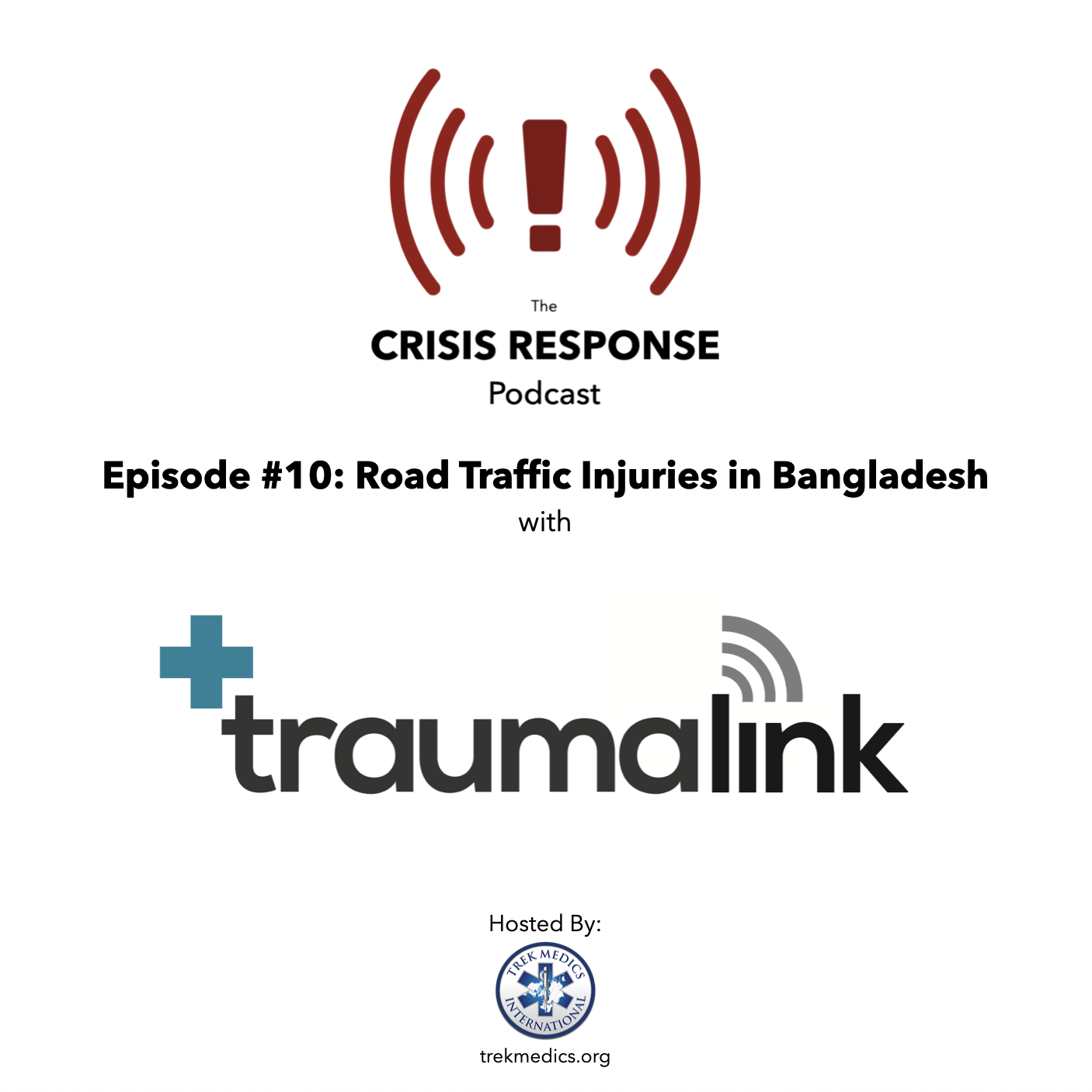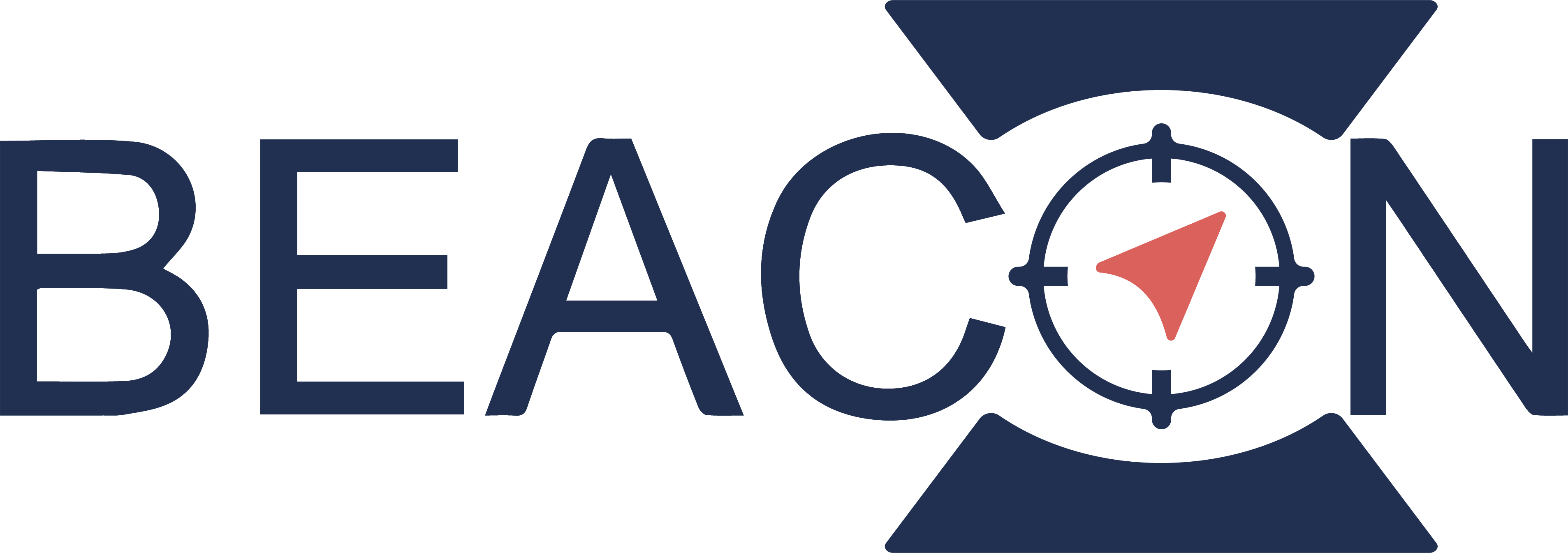Street Outreach Workers Respond to 60 Overdoses in First 30 Days of New Program
“We have about 13 outreach workers who are all trained and equipped with various types of naloxone. And they’re out on the streets every day, either in our RV or in one of our two minivans. The RV has scheduled stops where they go to do street outreach. The minivans, when they’re on duty, they have flags on the back of vehicles so people know who they are, and they do unscheduled stops in all our communities, checking on people, making sure they’ve got what they need to stay safe … and people can wave them down, just like it was a Mr. Softee or a Good Humor truck, except they’re getting access to clean syringes, naloxone and safer sex kits. And they also give out our bracelets, to remind them whom to call when they see an overdose.
“So they’re out on the streets every day, doing their job. Our office manager has the office cellphone and she takes calls and listens to the Fire Department scanner, too. And when people call us to report an overdose, we call 911 to report it for them — because people don’t always want to call 911 — and then we use Beacon to send out alerts to all our street outreach teams to find out who’s closest. If we hear something go out on the radio, we do the same thing.
“When any of our team gets there on scene, and they find the person unresponsive, they get to work: They shake that person, do a sternal rub, if they’re blue in the face, they do rescue breathing, and they get out their naloxone and administer it. I always tell them, ‘When in doubt give it; it’s not harmful.’ If you give naloxone, and that person didn’t overdose on opioids, it’s not going to hurt them.”
[Some people might think this sounds a little unsafe.]
“There’s nothing unsafe about it. We’re not strangers in our communities. A lot of people that work with us are gatekeepers in their community. …. And we’re calling 911, too, always. We don’t want to be out there trying to do it on our own.”
Read the full story here.









